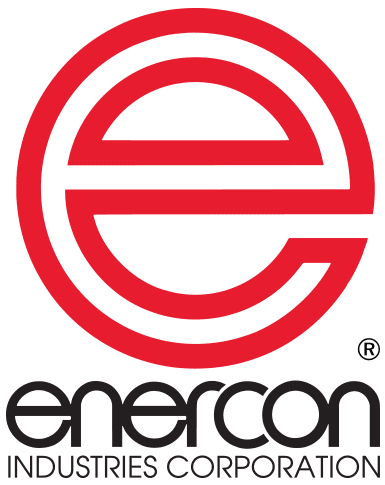How to Optimize Your Surface Treating Operations
As the leader in web surface treating technology & applications Enercon has developed an extensive library of best practices and “how-to” technical articles & webinars. Below you will find access to some our most popular content.
For additional technical support you can also visit our dedicated support website.

How to determine which technology is best for your application.
Find out if corona, plasma or flame is right for you.

How to optimize treating for your application.
Get Best Practices for your operation.





